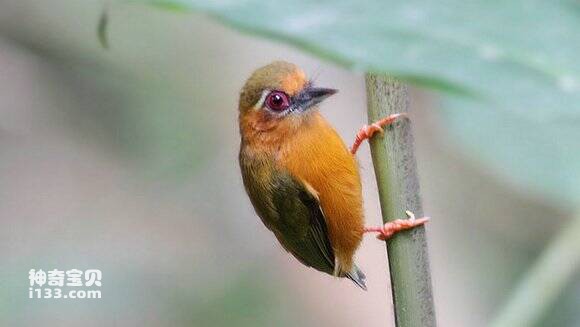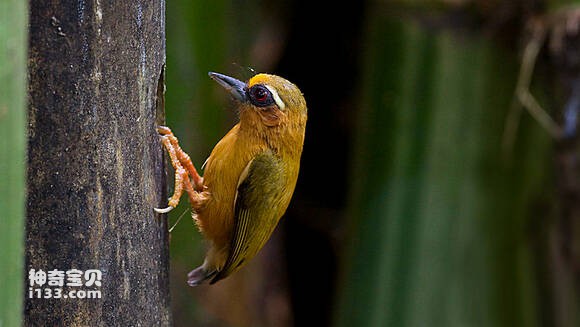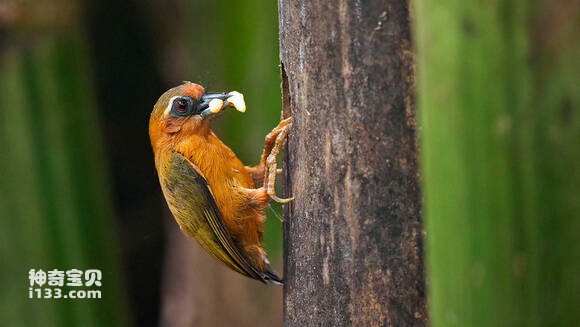Sasia ochracea
IUCN
LCBasic Information
Scientific classification
- name:Sasia ochracea
- Scientific Name:Sasia ochracea,White-browed piculet
- Outline:Climbing birds
- Family:
Vital signs
- length:8-9 centimeters
- Weight:11-12g
- lifetime:There are currently no research materials available
Feature
Distribution and Habitat
Native species distribution: Bangladesh, Bhutan, Cambodia, China, India, Laos, Myanmar, Nepal, Thailand, Vietnam.
The white browed brown woodpecker is mainly distributed in southwestern, southern, and southeastern Yunnan, as well as in Rongjiang, Guizhou, Xinhua, and Yaoshan, Guangxi in China.
The white browed brown woodpecker mainly inhabits low mountains and foot plains below an altitude of 2000 meters in broad-leaved forests, bamboo forests, sparse forests at forest edges, shrubs, and reeds on riverbanks.
Appearance
The male bird has a golden forehead, a brownish chestnut front, and an olive green and brownish brown top and pillow. The eyebrow lines are white, wide and short, extending from the eyes to the ear feathers. The eyes are dark gray at first, and the facial bristles are black. The head, back neck, and upper back are brownish chestnut colored, and the surface of the back, shoulders, and wings is olive green. The back and shoulders are slightly brown, and the waist is pure brown. The tail is covered with black feathers, the wings are covered with olive green feathers, and the wing edges are brownish white. The primary flight feathers are brown, with white accents on the outer edges, and the secondary flight feathers are also brown. The feather edges are olive yellow, and the inner secondary flight feathers are olive brown. The lower body is covered with dark brown feathers from the chin to the tail, and sometimes the chin is lighter.
Female birds are similar to male birds, but their for
Details
The scientific name of the white browed woodpecker is Sasia ochracea, and its foreign name is White browed piculet. It has three subspecies.

The white browed brown woodpecker often moves alone. They often inhabit small trees and shrubs, and can also climb along tree trunks to forage. Sometimes, they also forage on the ground. A resident bird. They feed on ants and various insects, as well as other small animals such as worms. The single scream "tsit" is repeated several times; When an alarm is triggered, a fast and continuous sound of kih kih kih kih kih kih kih is emitted. When foraging on tree trunks and branches, there is often a slight tapping sound.

The breeding period of the white browed brown woodpecker is from April to June. Nest in a tree hole. Each litter lays 3-4 eggs, which are white and oval in shape, with a size of 14-17 millimeters x 12-13 millimeters. Male and female take turns incubating eggs, and chicks mature later.

Listed in the IUCN Red List: Least Concerned Species (LC), assessed in 2012.
Listed in the list of beneficial or economically and scientifically significant terrestrial wildlife protected by the state, released by the State Forestry Administration of China on August 1, 2000. (Note: Item 289: White Eyebrow Brown Woodpecker)
Protect wild animals and eliminate wild game.
Maintaining ecological balance is everyone's responsibility!








